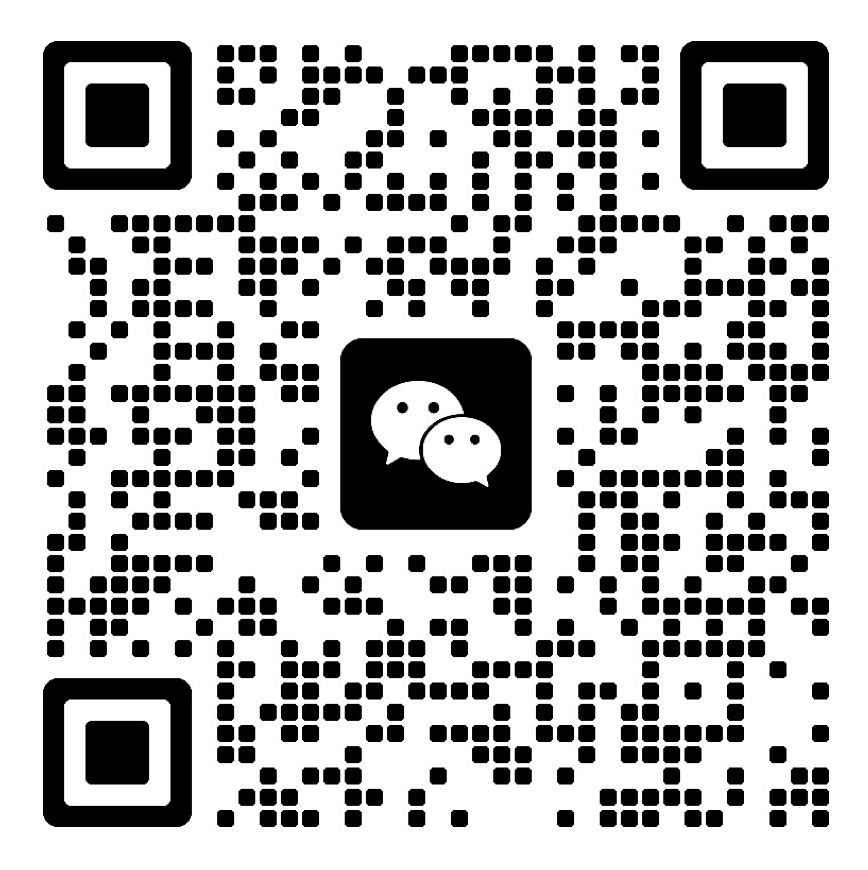
Services
返回Testing Services
- Internet of Things authenticat
- UWB Product Certification
- 5G NR Product Certification
- Receiver Product Certification
- SAR testing
- Base station certification
- Interphone product certificati
- Wireless charging product cert
- WiFi Product Certification
- FM/AM Product Certification
- Bluetooth BQB Product Certific
- Mobile communication product c
- Wireless and communication det
- Automotive Electronic Testing
- EMI Test - Conducted Emissions
- EMI Test - Radiation Emission
- EMI testing - low-frequency ma
- EMI Testing - Transient Conduc
- EMS test - low-frequency magne
- EMS Test - High Current Inject
- EMS Testing - Portable Transmi
- EMS Test - Transient Conducted
- EMS Testing - Electrostatic Di
- EMS testing - radiation anti-i
- Electrical performance testing
- Voltage flicker test - Suzhou
- Electrical Fast Pulse Withstan
- Electromagnetic Radiation Tole
- Conducted Immunity Test (CS) -
- Conducted Interference (CE) -
- Common issues with high and lo
- Common issues with fatigue tes
- Common issues with vibration t
- Vibration
- Rapid temperature change test
- Performance testing of automot
- Automotive metal material test
- Comprehensive vibration test o
- Three comprehensive vibration
- Three comprehensive vibration
- Spoiler Three Comprehensive Vi
- Sunvisor Three Comprehensive V
- Comprehensive vibration test o
- Instrument panel/instrument pa
- Temperature shock/cold and hot
- Vibration testing
- Temperature shock test
- Reliability testing
- Automotive ELV&VOC
- Hazardous substance testing
- Testing of toys and baby produ
- Food contact material testing
- Leather Footwear Inspection
- Ecological textile testing
- Consumer Product Testing Servi
- Consumer Product Testing Servi
- Consumer Product Testing Servi
- Consumer Product Testing Servi
- Consumer Product Testing Servi
- Consumer Product Testing Servi
- Consumer Product Testing Servi
- Consumer Product Testing Servi
- Consumer Product Testing Servi
- Automotive ELV&VOC
- Reliability testing
- Climatic Environmental Testing
- Climatic Environmental Testing
- Climate environment testing -
- Climatic environmental testing
- Climate environment testing -
- Climatic environment test - co
- Climatic Environmental Testing
- Climatic Environmental Testing
- Climatic environment testing -
- Climate Environmental Testing
- Climatic environment testing -
- Climate environment testing -
- Mechanical testing - Vibration
- Mechanical testing - Three com
- Mechanical inspection - mechan
- Mechanical testing - Drop test
- Mechanical testing - Packaging
- Other tests - Voltage withstan
- Other tests - Drum drop test
- Other tests - tensile testing
- Other tests - Drum drop test
- Other tests - Paper tape wear
- Other tests -100 grid test
- Other tests - Alcohol abrasion
- Other tests - pencil hardness
Certification Services
Register for the record
Systems and Training Services
Laboratory design and construction
Contact Us


National 24-hour service hotline
86+13560405821
Group Headquarters
E-mail: Lymay.zhong@lcs-cert.com
Address: Juji Industrial Park, Xueziwei, Ngabian, Shajing Street, Baoan District, Shenzhen Building A 1~2F, Building C 3F
Conducted Interference (CE) - Suzhou Lixun Standard
Product range:
3. Conducted interference (CE).
Overview of conducted emission
Conducted emission is usually also known as disturbance voltage test, as long as there is a power line of the product will involve conducted emission test, including many DC power supply products, in addition, signal/control line in many standards also have conducted emission requirements, usually with disturbance voltage or disturbance current limit (the two have a mutual conversion relationship) to express, lamps in the insertion loss test (directly expressed in dB) also belongs to the category of conduction test.
Conducted emission test standards
CISPR22 (ITE), EN55022, GB9254CISPR14-1 (Home Appliances and Tools), EN55014-1, GB4343
CISPR13(AV),EN55013 ,GB13837
CISPR15 (lamps), EN55015 GB17743CISPR11 (ISM), EN55011
EN61326
EN60601-1-2
EN301489
PART 15
PART 18
YY0505
GB/T 18268
GB 4824
Conducted emission test method
1) Conducted emission test instruments and equipment: receiver, LISN (line impedance stability network, or AMN artificial power network), analog hand, passive voltage probe, current probe (CDN used with current probe, capacitive voltage probe), DIA (intermittent interference analyzer, used to test intermittent interference in CISPR14-1), a complete set of equipment for measuring insertion loss, etc., of course, PC is also indispensable, DIA needs to follow the requirements of CISPR16-1-1, Other ancillary equipment needs to follow the requirements of CISPR16-1-2.
2) Conducted emission test arrangement: divided into benchtop and floor-to-ceiling type, the desktop equipment is 80cm from LISN, 40cm from the grounding flat plate (here the grounding plate can be a horizontal grounding floor, or it can be a vertical grounding inner wall of the shielded room), the distance of the floor-standing equipment from the grounding plate varies with different standards to allow, CISPR14-1, 15 inside is 10cm +/- 25%, 13 inside is up to 12mm, 22 inside is up to 15cm, 11 is not a clear distance, It is only said that it needs to be separated from the floor with an insulating material. The arrangement of auxiliary equipment also differs with different test standards, and the auxiliary equipment in CISPR22 is 10cm away from the main equipment, and the interconnection lines between each other are at least 40cm away from the grounding plate. Handheld Class II devices require a bag analog hand. The self-ballast fluorescent lamp in CISPR15 needs to be covered in an auxiliary tapered metal cover.
3) Conducted emission test band: mostly 150kHz-30MHz, CISPR15 is an exception (disturbance voltage 9kHz-30MHz, insertion loss 150kHz-1,605kHz).
4) Conducted emission test limits: The limits vary with different standards and product categories (Group 1/2, Class A/B).
5) Conducted emission test process:
a) AC/DC power terminal disturbance voltage: This is the most common, connect the power plug to the LISN, connect the receiver RF input to the RF output of the LISN (perhaps with an RF attenuator or pulse limiter inserted in the middle), switch the LISN's L/N switch to select the common-mode disturbance voltage to ground of the test power line.
b) Intermittent interference: CISPR14-1 and some standards that cite CISPR14-1 are required. Intermittent interference analyzers are usually used in conjunction with LISN measurements. The standard also allows for an oscilloscope and receiver combination instead. The oscilloscope observes the disturbance duration and the receiver observes the amplitude of the disturbance level.
c) Load disturbance voltage: CISPR14-1, CISPR15 and CISPR11 are required. Using a passive voltage probe, the load line to be tested is insulated and the load line terminal is directly connected to the receiver with the probe to measure the disturbance voltage of the load line conductor terminal to ground. In addition, if the rated current of the device is too large and no suitable LISN is available, the voltage probe can also be used directly to measure the disturbance voltage at the power supply.
d) Communication line disturbance voltage/disturbance current: mentioned in CISPR22. There are different test methods for different types of communication lines. Annex C is described in detail, Annex F has an analysis of the advantages and disadvantages of various methods. It mainly relies on different combinations of current probes and CDN, 150 ohm grounding resistance, and capacitive voltage probes to test different types of communication cables, and the premise to ensure that the impedance to ground of the test cable is 150 ohms. The result can be directly expressed by the disturbance current dBuA, or converted to the disturbance voltage dBuV, and the conversion impedance is 150 ohms, that is, the difference between the two values is 44dB.
e) Insertion loss: CISPR15 mentioned. The insertion loss value is obtained by using an RF sine wave generator through a balun, analog lamp, LISN, and finally a receiver measurement and comparison voltage.
Conducted emission test results are determined
The measured values (QP/AV) of the receiver detector are compared to the limit line, respectively, below the limit line PASS and higher than FAIL.
Conducted emission test considerations
Because the conducted emission test is a common-mode disturbance measurement of the ground, the key is in the test arrangement, the conducted emission test layout is no problem, and the receiver is used to measure it, and the difference in the conducted emission test arrangement will lead to discrepancies in the results. Unanswered questions: use of pulse limiters at the RF input of the receiver: used by some test institutions to protect the receiver; Some resist that the limiter contains nonlinear components to limit the pulse, causing intermodulation distortion and harmonic disturbances that affect the test results. Personal opinions should not be used as much as possible, although no actual comparison has been made.
Service process

Large-scale experimental base
Professional Lab
Analysis Method
Testing/year




 WeChat Inquiry
WeChat Inquiry
